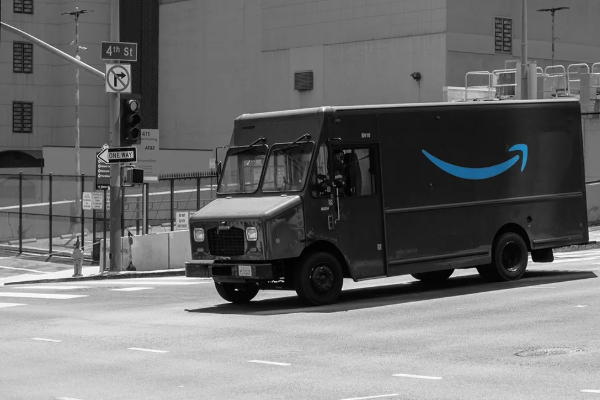Retail media has jumped from bolt-on to boardroom priority, but rising costs, platform power plays and flattening returns signal a tougher new phase.
Retail media’s rapid rise has reshaped the marketing landscape. According to IAB UK, UK digital ad spend is set to reach £45bn by next year, growing around 10% YOY. What started as a performance add-on is now a multi-billion-pound channel at the crossroads of brand and performance, offering first-party data, shopper-intent proximity and measurable outcomes. In a cookie-less era, it’s exactly what brands are hungry for.
However, as investment floods in, new risks are emerging, such as inflation, concentration and reduced returns. In the UK, Tesco, Sainsbury’s and Asda are ramping up their media networks significantly, as brands shift toward data-driven, performance-focused campaigns.
So the question for marketers is no longer whether to invest in retail media: it’s how to navigate it sustainably, strategically and without being squeezed.
Cracks showing in the growth curve
Beneath the boom, structural threats are beginning to bite.
- Cost inflation and reducing return: as brands pile into the same few retail ecosystems, media inflation is rising sharply. Rising impression costs and costs per click (CPMs)have been reported. Unless measurement is robust and structured, there’s a real risk that investments will simply shift existing demand, rather than generate truly incremental sales.
- Concentration of power: the UK market is becoming increasingly concentrated. While UK-only forecasts are patchy, Europe-wide data shows the UK is by far western Europe’s largest retail media market – and that dominance comes with consequences. As a few major players consolidate power, brands risk losing negotiating leverage and seeing their choice of platforms shrink.
- Data constraints: retail media’s value lies in its data, but the data often remains behind platforms’ walls. Brands may receive limited insight into the true customer journey, making full-funnel measurement increasingly harder. Without diversification, performance becomes overly reliant on placements inside dominant retail networks.
These three threats means that, for marketers, the big opportunity now is to rebalance. Brands should treat retail media not as a catch-all solution, but as a high-intent lever within a diversified, measurable landscape. Diversification isn’t about abandoning retail media; it’s about reducing dependency and restoring control.
What brands should do next
To stay ahead in this fast-shifting retail media landscape, brands need to focus on two core priorities: strengthening measurement and broadening their marketplace footprint.
Identify which spend drives incremental sales: use tools like marketing mix modeling (MMM) to determine where retail media spend genuinely drives incremental sales, and where it just shifts existing demand. Controlled testing can further clarify which campaigns are truly additive. By digging deeper than top-line network reporting, you’ll build a more accurate view of performance and avoid being swayed by inflated or inconsistent metrics.
As retail media networks increasingly push additional digital real estate, the priority is to cut through the noise and identify what actually works. In many cases, this analysis uncovers opportunities to reallocate portions of retail media budgets into creator partnerships, SEO or content strategies that capture the same shopper intent more efficiently.
Diversify across platforms: diversifying across platforms is now essential to protect performance and reduce reliance on any single retail media ecosystem. The strongest strategies combine three core levers:
- SEO – capturing organic and sponsored retail search visibility
- Content excellence – enhancing product detail pages, creative assets, and reviews to lift conversion without solely relying on paid media
- Promotions – aligning spend and promotional offers to critical retail moments throughout the year to maximise efficiency.
Beyond these pillars, tactical bursts, rather than always-on activity, allow brands to target the moments that truly drive incremental reach and sales.
Taking a holistic view across direct to consumer (DTC), marketplaces and retail media helps marketers allocate time, budget and effort where they will deliver the strongest commercial return. Done well, this approach builds long-term resilience, reducing exposure to rising costs and increasingly platform-dominated landscapes.
The new playbook for the future is not about spending more where the shopper is: it’s about understanding where the shopper converts best. Retail media’s power is undeniable, but its future belongs to brands that pair it with smarter measurement, clearer differentiation and tighter strategic control.









